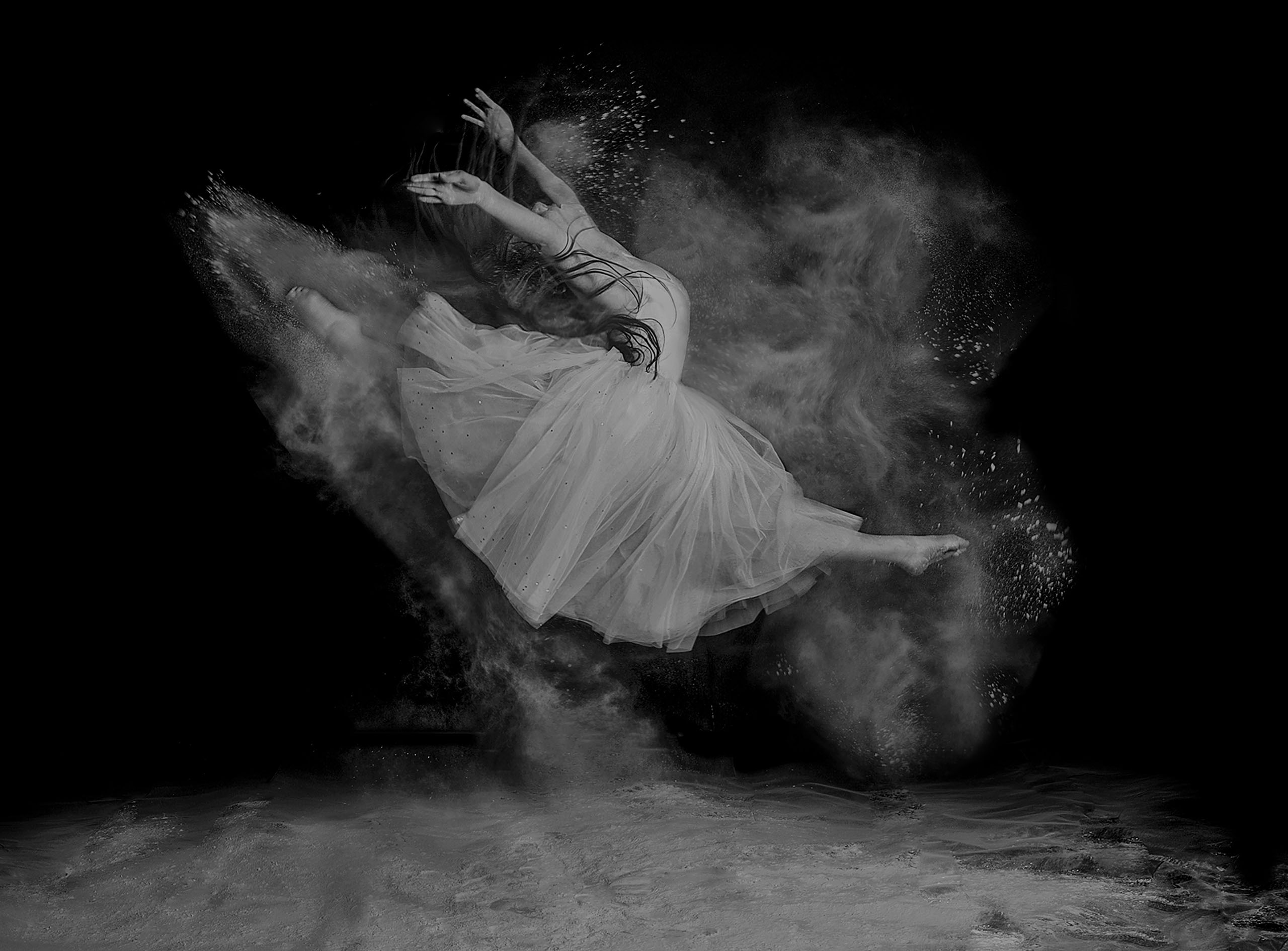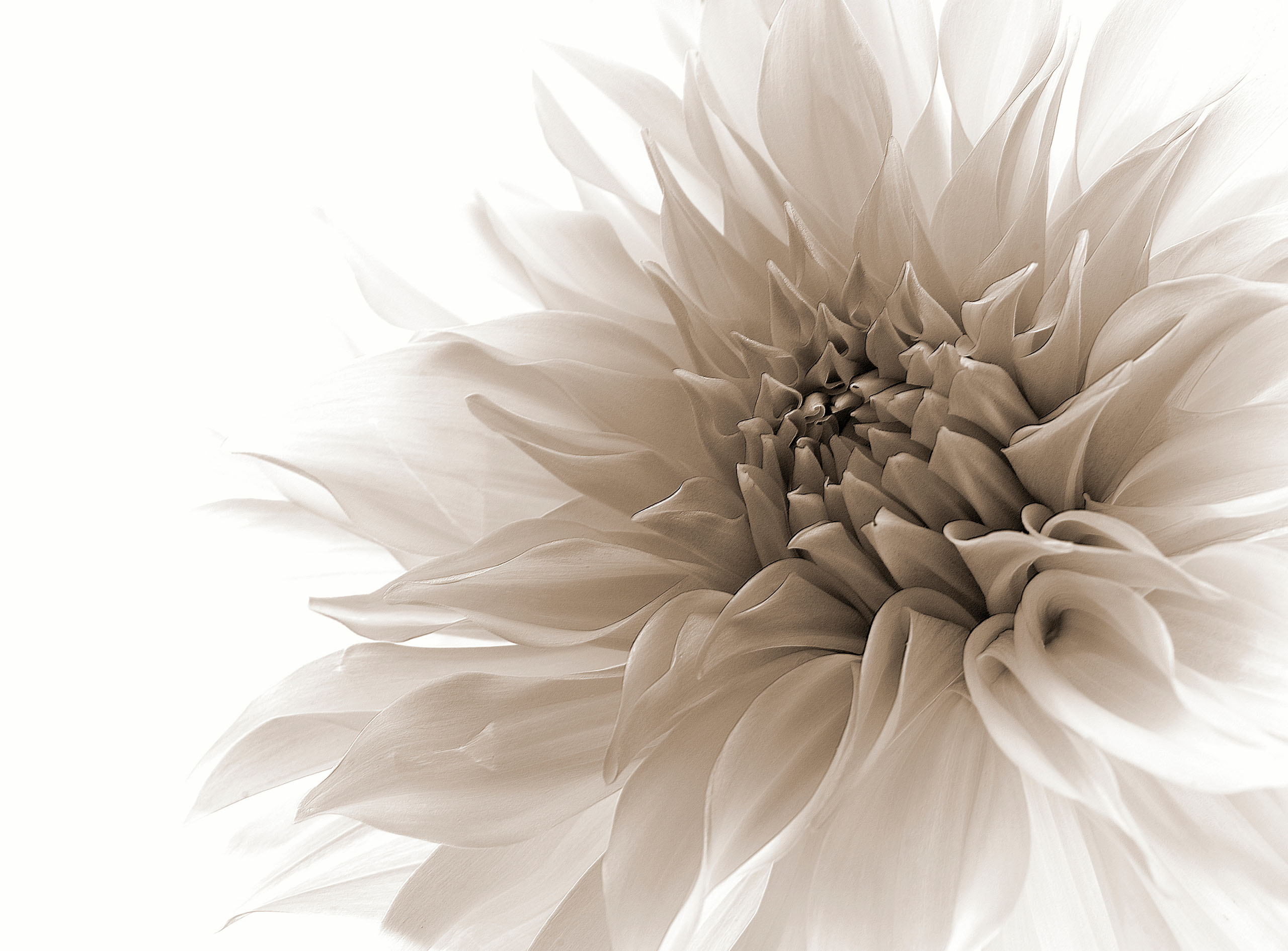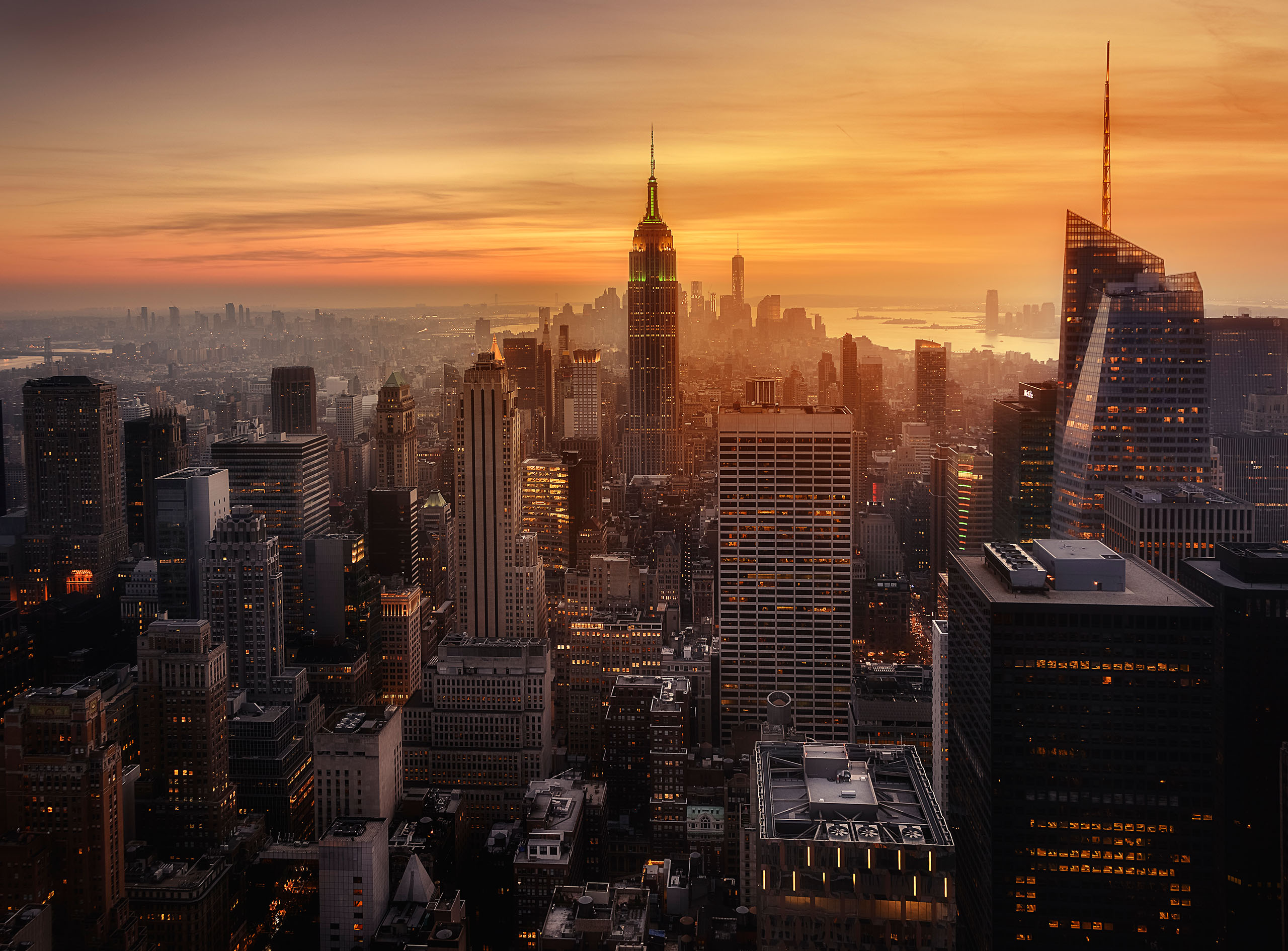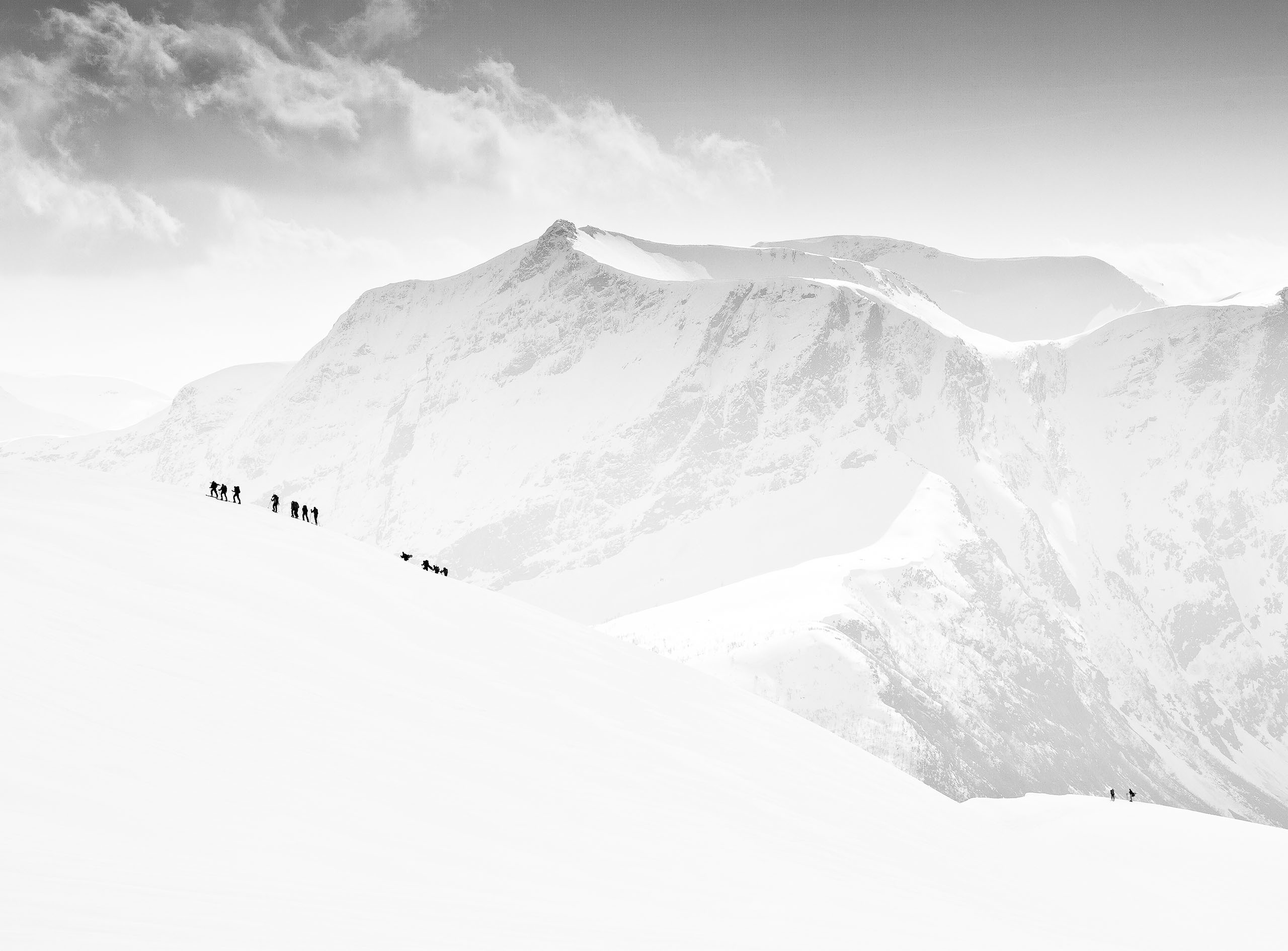SEARCH






|
|
|
|


by Editor Miro Susta
Edited and published by Yvette Depaepe, the 17th of February
Kieron Long, of mixed English and Chinese descent, is a photographer based in Malaysia. He captures real-life scenes, usually as part of long-term projects, mostly in black and white using his Leica SL2, Leica Q2 Monochrom and Leica Q.
Kieron documents life in his hometown of Kuching in the state of Sarawak in Borneo, and wherever his travels take him.
'Life on the Water'
Hello Kieron, welcome! Please introduce yourself and tell us about your life with photography for those of us who don't know you!
First of all, thank you for inviting me to this interview.
I am based in Kuching in the state of Sarawak in Malaysia. This is on the Malaysian part of the island of Borneo.I have been taking photographs for over 10 years as an enthusiastic hobby
photographer and have only recently started to take on professional assignments.
I enjoy capturing real-life scenes, usually as part of long-term projects, shooting in black and white with a Leica SL2 and Leica Q2 Monochrom to convey a strong visual narrative without the distraction of bright colours.
'Water Village Life'
My first solo exhibition, Borneo in Monochrome, was held in Kuala Lumpur in 2019, and I was a Leica Ambassador in Malaysia from 2021 to 2023. I was also an exhibitor at Leica Malaysia's Celebration of Photography 2023. I have conducted workshops for Leica, both theoretical and practical, online and in person, most recently in September 2024 through the Leica Academy.
'Girl and her House'
My photographs have been published in 1x and have won many awards. One of my street portraits was used as an illustrative example for 'Exploring the power of portraiture in street photography', aimed at 1x members.
'Man on the Street'
As the majority of my portfolio consists of images from Malaysia, two of my images were also selected by the 1x editors to illustrate the article ‘Malaysia Truly Asia’.
'Running Free'
My documentary on the uniqueness of Borneo was published in Leica Fotografie International (LFI) magazine (issue 5:2023). I had 490 images featured in LFI's online gallery, where photographs are curated by professional editors and presented to the public.
'Climbing Abroad'
I was also one of a select group featured by LFI in the first online edition of the magazine's popular Lightbox section, which showcases photos selected from an archive of over 1.5 million images by more than 50,000 photographers.
US-based Street Photography Magazine interviewed me and published a retrospective of selected images from my portfolio depicting real life in Borneo, along with the accompanying podcast.
'Grandmother'
I am also the administrator of the popular Facebook community B&W Humanist & Street Photography Corner, which curates the contributions of 18,000 international admirers of documentary/reportage photography. I was the first member of this global photography community to be featured with an in-depth profile.
'Rice Farmer'
As an established Leica photographer with a strong portrait portfolio, Xiaomi Malaysia chose me to contribute to the national launch of the Xiaomi 13T Pro, a phone with a camera co-developed with Leica, by shooting sample photos with the famous 'Leica look and feel'.
'Old Fisherman'
I was the lead photographer in a YouTube mini-documentary about the Xiaomi 13T Pro, which attracted 2.5 million viewers. And in 2024, Xiaomi Global invited me to be one of the three photographers from Asia to attend the Xiaomi Masters Gathering in Berlin, Germany.
'Glories of the Past'
In this interview I would like to focus on your photographs of your home state of Sarawak and neighbouring Sabah, would you agree?
Yes, I am delighted to talk about my photography of my home state of Sarawak and the neighbouring Malaysian state of Sabah, collectively known as East Malaysia or Malaysian Borneo. I am understandably proud of the region's unique cultural heritage.
'Museum Interior'
Perhaps not many people visit Sarawak as tourists, and perhaps even fewer have heard or know about it. This is a wonderful opportunity to bring this destination and its stories to a wider international audience. Thank you for this opportunity.
>'Boatman'
For many of us, photography is either a hobby or a way of life. How would you define your relationship to photography? Tell us how you came to photography and what fascinates you about it?
My original, lifelong interest is history and art history. I studied history at university, particularly ancient, medieval and early modern European history. I enjoyed collecting history books, and this, combined with my holidays in Europe, led to the collection of illustrated books on fine art and architecture, particularly Renaissance and Baroque art. But I am not a good draughtsman, and I am certainly not a painter or a sculptor. But the camera, as an artist's tool, has allowed me to express my creativity. So on my European sightseeing holidays I would try to capture the kind of photos I saw in my book collection, mainly architecture and figurative art. This was fine while on holiday. But when I came back to Malaysia, there was no figurative fine art for me to photograph. But as my photography evolved, and my own thoughts about what I enjoyed and wanted to photograph, I realised that the 'figurative art' at home was the interesting personalities on the street and the human drama of real life.
'Street Market'
Now that you are an experienced photographer, what were the stumbling blocks you had to overcome when you first started out? How did you learn to take such great pictures?
I think the biggest obstacle was an intellectual one. It was about deciding what I really wanted to photograph and what was available to me at home, not just for the occasional photo walk, but what I could have there most of the time. Photographers starting out are spoilt for choice: portraits, sports, fashion, studio, landscape, street, etc.
'People of the Sea'
We all experiment with different genres before we find the right one for us. It took me some time to figure out that street portrait, humanistic, documentary and a little bit of fashion photography was 'my thing' and what I really wanted to commit to.
'Cherry'
Then it was a question of prioritising my photographic activities. We all face different challenges and demands in our personal lives. But when you realise that photography is one of your most important creative and life goals, it becomes a priority and you find the enthusiasm, energy and most importantly the time to devote to it.
'Tropical Playground'
Another important aspect was overcoming the shyness or hesitation of approaching strangers on the street and asking them if it was OK to photograph them. I still remember the first time. I was nervous. Luckily, the person said yes, and I managed to get my first good street portrait, and it helped boost my confidence that I could do this permanently. If the person had said no, it might have made me change direction. It worked out well, so maybe it was my destiny.
'Matriarch'
Tell us, what is more important to you, the mood and story behind your images or the technical perfection?
For me it is the mood and the story. It is about being authentic. I try to capture someone's true personality in my street portraits. I try to capture the authenticity of a street scene as it happens in real time. That means I have to move fast and shoot fast to keep up with the pace of life as it happens.
'Distant Personalities'
A lot of the time I am shooting on the move, instinctively, anticipating, and being as proactive as possible. There are times that you do not even have a split-second to think about theory or technique. With experience, shooting on the streets becomes intuitive.
'Backflip'
I noticed that a lot of your work is portraiture - life scene photography. Why are you so attracted to this particular category?
As I mentioned before, I have an interest in figurative art. And combined with street photography, which should focus on the human drama outdoors, people became the focus of my work. There is something compelling about looking into the eyes of interesting characters, trying to interpret their expressions, analysing their personalities or understanding their lives and hearing their back stories.
'Head Scarf'
We all lead different lives, but I enjoy exploring our common humanity, interacting with other people, building relationships and making a connection. Having a camera and bonding over a portrait has helped me to break down barriers and quickly make strangers feel like friends.
I have had so many positive interactions, both before and after a street portrait, that have led to long and interesting conversations. When I look at the photos in my archive, I can still remember many of their names, the experience of taking the photo and the conversations I had with them. It is all part of the countless pleasant encounters I have had with so many friendly people.
'Man on the Street'
You have your own style, but your work is quite diverse. I see portraiture, life scene photography, architectural photography, street photography and more. Can you explain why that is? What is your photographic vision?
I photograph what is around me. Sometimes it is the street. Sometimes I shoot people against an architectural backdrop. And sometimes I photograph models in fashion shoots. I like the variety, mixing things up, adding variety to my portfolio.
'Vintage Borneo Style'
It challenges me as a photographer because I learn different skills and try different things, like experimenting with composition. And then you can apply those skills to different situations, different genres. It helps keep me fresh, so I don't feel stale shooting the same style or genre all the time. And it broadens the appeal of my photography to a wider audience.
You have produced excellent portrait and people life scene series which follow a strict concept. What is the idea behind it? What moved you to perfect light/make-up/decoration setup? What else is there to say?
Thank you for the compliments about my portrait photography. My approach to portrait photography, especially my street portraits, is quite simple. I concentrate on trying to capture more than just the physical likeness of the person. I try to convey a sense of their inner character. This is to honour them as a unique individual, as a real-life, unsung, everyday hero.
'Village Boys'
So I try to keep the set-up as simple as possible, with natural poses, nothing too staged or artificial. I try to capture them as they are, as I first saw them. The background should be free of clutter, even if I am shooting in busy streets. I like simplicity. This allows their personality to "pop out" of the scene.
There is a soft bokeh in your photographs and clear shapes in your design. Some of your style seems very focused on photographic artwork, do you have a particular philosophy for your image design?
Yes, that is a look I strive for. To achieve this, I usually shoot wide open with a prime lens, so there is bokeh and depth of field to bring the portrait subject to the fore. I only use natural light. I never use a flash or any kind of lighting system.
'Looking out to Sea'
So what you see in my street portraits is the natural, ambient light when I shoot. It is the atmosphere in which the subjects live their lives. I like this effect. It adds mood and authenticity.
Your portfolio is only monochrome, black and white. There are no colour images in your 1x Photogallery, why?
At the beginning of my photographic journey I shot in colour. But after reviewing my own work, I felt that the colour palette of the streets and other locations I was shooting was not visually appealing. So I started to convert some of my photos to black and white. I felt that black and white got me closer to the kind of mood and drama in the story I wanted to tell. I also wanted to emulate some of the photographic legends whose work I greatly admire.
'Mother and Children'
Then came a progression where I converted all my selected photos to black and white. Then I made the ultimate commitment to being a black and white photographer when I bought a Leica Q2 Monochrome, a camera that has no colour sensor, so I shot directly in black and white, and only black and white.
Portraits and people are certainly not the only areas in which you work. Are there any other photographic subjects that you prefer to deal with?
Like I said, I like to mix things up, keep things fresh and challenge myself. There might be a period, like a month, where I do a lot of street photography. Then I feel like I need to take a break, so that my photography doesn't become same-same. So I would try to do some fashion photography, like a model shoot, with some of my photography friends.
'Grand Window'
The thing for me is that I try not to fixate on labels, categories or genres. What I am really looking for is new subjects or new stories, things or places or themes that I have never shot before. Something that will last, that I can build into a long-term project, that will keep me motivated and my mind focused on producing visually interesting stories, so that I have the enthusiasm to keep getting out there with a camera and keep shooting.
Of course there is a bit of technology involved in photography. Have you ever tried analogue equipment? In your opinion and experience, does analogue photography still have a role to play in the 21st century?
When I started, we were already in the era of digital photography. I have never seriously used an analogue film camera. So all my work is digital. I do not have the feeling of nostalgia or romance that is often associated with analogue photography.
But to answer your question, a photographic format will survive as long as there are practitioners who produce compelling work that attracts an audience.
How important is digital image processing to your photography? Tell us a little bit about how you work.
Yes, we all do some form of post-processing. But my skills with popular photo editing software are limited. And because I want authenticity in my documentary-style photography, I try not to do too much post-processing. What I do focus on is brightness and contrast to maintain a consistent look throughout a particular project. I do not use any other "special effects".
'Life on Water'
For example, my project on the Sea Nomads of Eastern Borneo was shot on four expeditions over two years with three different Leica cameras: the Q2 Monochrom, the SL2 and the Q3. As you can imagine, there were different weather and lighting conditions on location, and even differences between the cameras. Yet there is a consistent look and feel throughout the project. This effort to achieve consistency in coverage paid off when my work on the Sea Nomads, entitled "Life on Water", was exhibited by Leica Malaysia in Kuala Lumpur in September 2024.
Are you on Facebook, Instagram or similar platforms? If so, does social media play a significant role for you as a photographer, or do you just use it to promote your work, if not, why?
Yes, I am on popular social media platforms: Facebook, Instagram and Thread.
Social media has played an important role in my development as a photographer. I post my photos there to get feedback. I can see what kind of reaction they get, to get a feel for whether they are 'good' or 'not good', what works, what doesn't, and whether they appeal to a wider audience. This is what I like about 1x. You get feedback from your peers.
As a digital showroom accessible to a wide audience, social media also helps to get noticed by influential people or decision makers in the photography world. My Facebook posts brought me to the attention of Leica Malaysia, which led to me becoming their ambassador.
'The Girl in a Canoe'
Instagram brought me to the attention of Xiaomi Malaysia, where I was the partner photographer for the launch of the phones co-developed by Leica, and Xiaomi Global.
Who is/are your favourite photographer(s) and, more importantly, how has your appreciation of their work influenced the way you approach your own photography?
My favourite photographer is Sebastiao Salgado, for the consistently stunning quality of his work over such a long career, across a range of humanistic reportage projects, as well as for his enduring commitment to black and white photography.
In his book of photographs, Gold, there are two quotes that really resonated with me:
"When I looked through the lens, I knew that these colours would be more important than the people I was photographing. Black and white offers an abstraction because in its tones and shades you can feel the dignity and power of the people".
"After Serra Pelada, people woke up to the value of black and white photography. Not just as a counterpoint to colour, but as a different means of expression, a different form of photography. A photographer can control and develop the narrative more clearly and directly in black and white, whereas colour can distract; it is a different aesthetic".
What I also learned from Salgado's work is the power of the long-term project in covering a subject. He is famous for his work on the Serra Pelada gold mine in Brazil. But he was not the only one to photograph the subject. He says photographers would come and go after shooting for a day or two. But he stayed and documented it for a month.
Although I have a long way to go to reach his level, if I ever do, those are the thoughts and feelings I try to bring to my work.
Are there any specific directions you would like to take your photography in the future or any specific goals you would like to achieve?
My goal is to stay motivated and keep up my enthusiasm. Sometimes you get positive results. This pushes you forward with new energy. Sometimes you have disappointments, or you do not get the results or recognition you are hoping for. But you have to dig deep and find a way to reignite that passion to keep going. Your work, and the ideas and stories that keep you going, take that little bit of extra effort and time to uncover and develop. But they are there, waiting for you to discover them. So one of my goals for this year, 2025, is to venture out of my urban environment and connect with different rural communities to shoot new subjects or themes of life in the interior of Borneo, as I have done with recent projects such as the rice harvest and durian season.
Borneo is a huge place to explore, with so many untold stories and interesting people to meet.
Finally, I would like to ask you the following 5 questions.
What was your best experience of photography?
Which photo in your portfolio do you think is your best?
What, When or Where else would you like to photograph?
My best experience? Travelling from island to island on a speedboat in the open waters of East Borneo, trying to document the sea nomads of the region.
Best photo: "Sea and Sky". It is certainly my most popular photo on 1x.
'Sea and Sky'
What, when and where? Based on my interest in doing more street photography in Asia, I would like to visit Bangkok, especially Hua Lamphong train station before it is permanently closed. Bangkok is one of my favourite cities to visit and Hua Lamphong is great for street photography.
To satisfy my interest in European art and culture, I would have to visit Rome again. The Vatican has declared 2025 to be a jubilee year. It would be an ideal time to visit.
'Life on Water'
Dear Kieron, thank you very much for this interesting interview. I wish you continued success and enjoyment in your work, and I look forward to seeing your future beautiful shots in the 1x photo gallery.
www.mrsphoto.net
[email protected]
 | Write |
 | Gian Corrado DONATI PRO Interesting interview and so stunning work ! Thanks for sharing and congratulations !!! |
 | Miro Susta CREW Many thanks dear Gian for your nice words of encouragement |
 | Ali Abu Ras PRO Wonderful! work good job :) |
 | Kieron Long PRO Thank you so much! |
 | Yvette Depaepe CREW Dear Kieron, following your beautiful work here on 1x, now. I really§ enjoyed this interview which allowed us to know you better. Cheers, Yvette |
 | Kieron Long PRO Thank you so much, dear Yvette. I hope my enthusiasm for photography can be passed onto others. |
 | Miro Susta CREW Thanks to all for encouraging comments on Kieron photo work and wish Kieron much success in his future photo activity. |
 | Kieron Long PRO Thank you so much, dear Miro. |
 | Vladimir Funtak PRO Very nice presentation, congratulations! |
 | Kieron Long PRO Thank you so much! |
 | Md. Arifuzzaman Excellent! Spellbounding work |
 | Kieron Long PRO Thank you so much! |
 | garyholman PRO Wonderful! work and interview. Very interesting. Congratulations! Kieron. |
 | Kieron Long PRO Thank you so much! |
 | Bogdan Timiras PRO Great work! Congratulations! Very good article too! |
 | Kieron Long PRO Thank you so much! |
 | Pang Teng Lin PRO Excellent work Congratulations |
 | Kieron Long PRO Thank you so much! |
 | Subhajit Das PRO Great work and interview. Very inspiring article. Congratulations! |
 | Kieron Long PRO Thank you so much! I appreciate your positive comments. |
 | Kathryn King PRO Gorgeous work and inspiring article! |
 | Kieron Long PRO Thank you so much! |
 | Josefina Melo Excellent work and interview. Congratulations Kieron !! |
 | Kieron Long PRO Thank you so much! Much appreciated! |
 | Eiji Yamamoto PRO Thank you so much for this very interesting and inspiring interview with great photos! Congratulations dear Kieron! |
 | Kieron Long PRO Thank you so much, dear Eiji! |
 | Patrick Compagnucci PRO Wonderfully informative article. Continued success in you photographic endeavors and congratulations! |
 | Kieron Long PRO Thank you so much! And thank you for your encouragement! |
 | Lus Joosten PRO Very Nice. |
 | Kieron Long PRO Thank you so much! |